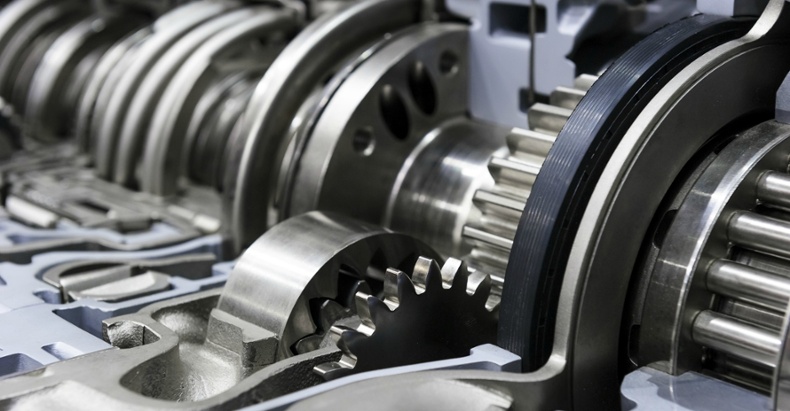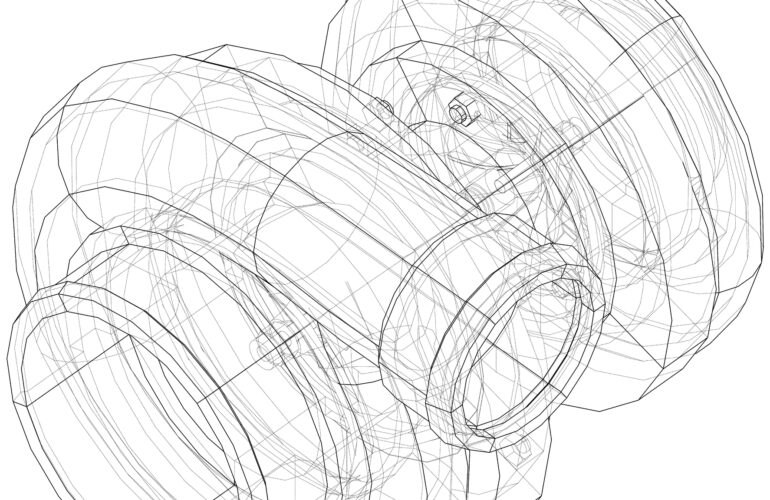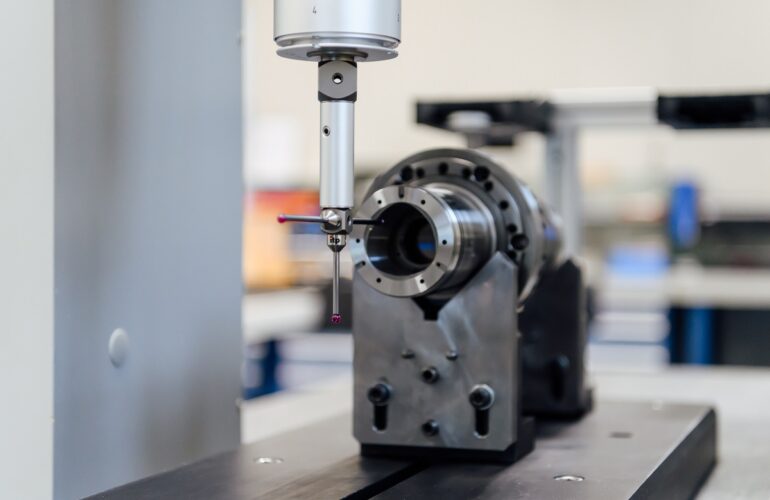In a recent post we introduced the topic “Heat treatments in precision mechanics”, now we want to go into more details about the most common Heat treatments used in precision mechanics.
Heat treatments: remediation
When we talk about remediation we refer to different Heat treatments carried out on specific types of steels in order to obtain high hardness/strength. Remediation is achieved by performing austenitization, quenching and tempering in order to maintain a martensite or bainite structure found.
In steels heat treatment martensite is formed; it is a structure with high hardness and considerable tensile strength with a rather low resilience that can give rise to breakages following impacts. In order to avoid this, the steel is subjected to the heat treatment of tempering.
Steels destined to this treatment have 0.4-0.6% C and are precisely called “tempering steels”; we talk about tempering only in cases where the tempering takes place at a temperature greater than 550 C; bringing the martensite to this temperature it occurs, becoming sorbite, a structure that combines good tensile strength with higher toughness.
Heat treatments: carbonitriding
Carbonitriding is a metallurgical surface modification technique used to increase the surface hardness of a metal thus reducing its wear. During the carbonitriding process, carbon and nitrogen atoms spread interstitially inside the metal increasing the hardness of its surface.
Carbonitriding can be applied to low-carbon steel, easily machinable, in order to give the surface properties of steel qualities more expensive and difficult to process. This Heat treatment is performed at temperatures higher than Ac3, in an austenitic field in an atmosphere capable of simultaneously releasing carbon and nitrogen.
Heat treatments: cementation
Cementation is also called carbocementation and is a Heat treatment used to increase the wear resistance of steels. In order to give resistance to wear, the steel surface is enriched with large quantities of carbon. This heat treatment is usually carried out on mild steel brought over the temperature Ac3.
At the end of the Heat treatment of cementation, a highly cemented and hard surface layer will be obtained; in addition, a hardening treatment can be carried out to preserve the tenacity of the heart.
Cementation can be performed by solid, gaseous or liquid methods.




